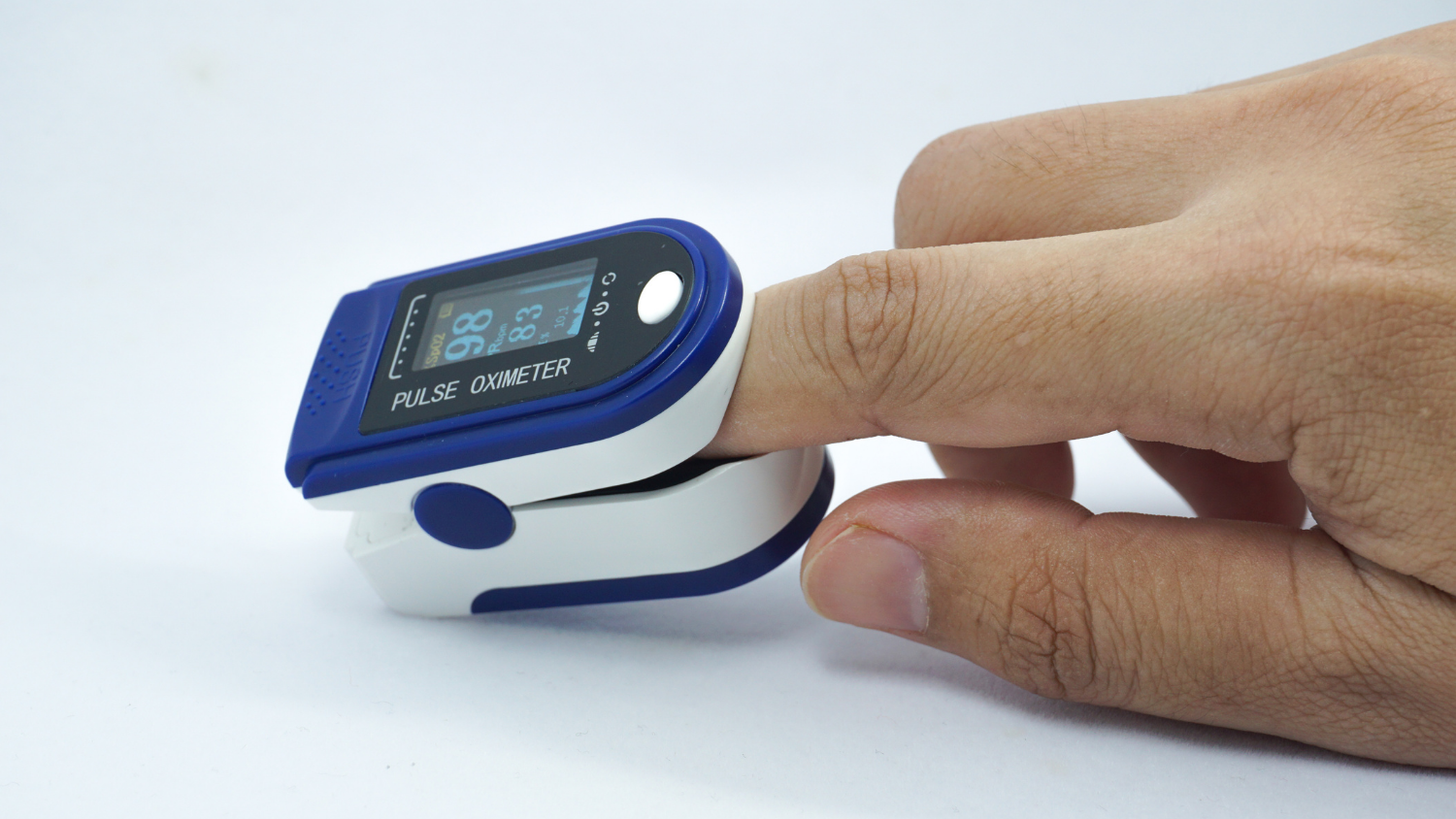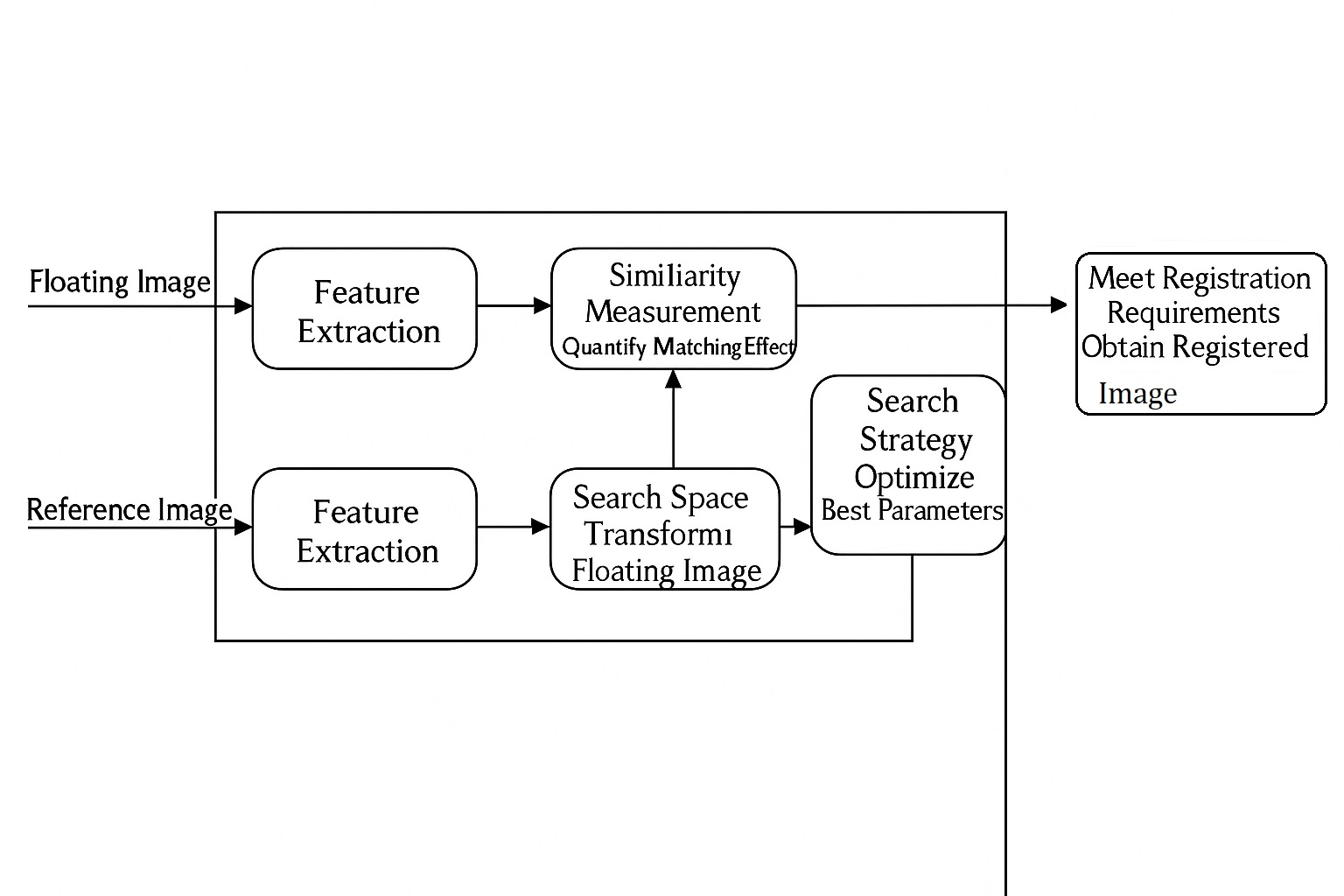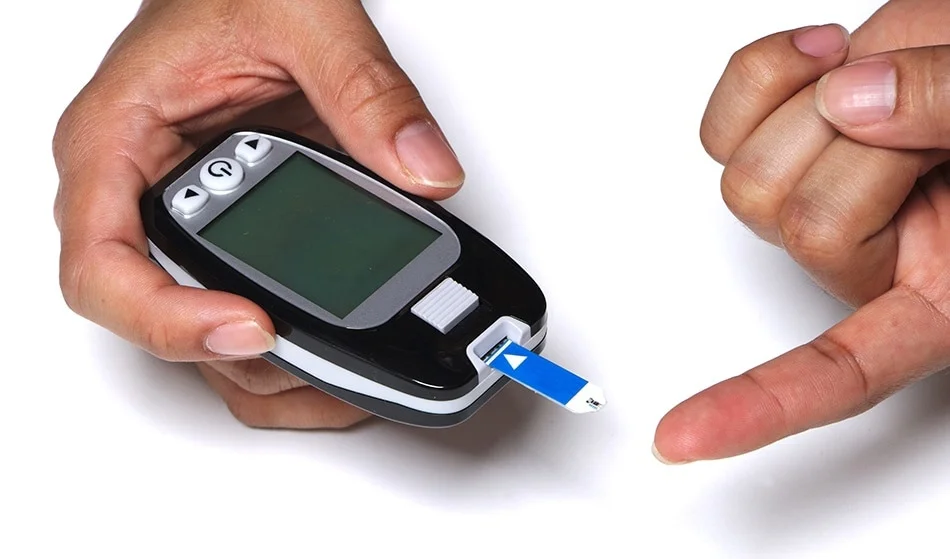Market background
Like how demand for forehead thermometers drove growth in ADC and MCU chips, the more complex structure of pulse oximeters will accelerate consumption of related electronic components. Because older patients can have a reduced response to hypoxia and may not feel chest tightness or shortness of breath, undetected hypoxia can progress to severe pneumonia. Clinicians have suggested that vulnerable groups should start antiviral treatment early and be prepared to use finger pulse oximeters for monitoring.
Does everyone need a pulse oximeter?
When the lungs are infected, arterial oxygen content decreases and hypoxemia may occur (oxygen saturation below 90%). Symptoms may include fatigue, chest tightness, rapid or difficult breathing, or pronounced breathlessness during activity. Some patients may have no noticeable discomfort despite low oxygen saturation, which still poses health risks.
Home pulse oximeters can measure arterial oxygen saturation at any time. Current demand growth is mainly due to the policy changes that led to more respiratory illness and confirmed cases, and because older people with comorbidities are at higher risk. Authorities and experts have recommended that households consider having a finger pulse oximeter for monitoring. For households with elderly people, children, or immunocompromised individuals, a pulse oximeter is practical for routine monitoring so medical care can be sought promptly if hypoxia appears. For otherwise healthy individuals without significant comorbidities, routine SpO2 monitoring is of limited value and buying devices solely because of demand spikes is not necessary.
Principles and typical components
A typical pulse oximeter has two light-emitting diodes facing the measurement site, usually the fingertip or earlobe where light transmission is high and blood flow is abundant. One LED emits light at 660 nm, and the other emits at around 905, 910, or 940 nm. The absorption characteristics of oxyhemoglobin and deoxyhemoglobin differ significantly at these wavelengths, allowing calculation of the relative proportions of the two forms.
Home pulse oximeters include finger-clip, wrist, arm, handheld, and wearable designs. Despite different form factors, they operate on the same basic principle. Manufacturers include both Chinese and international brands. A typical home oximeter consists of an MCU, memory (ROM and RAM), digital-to-analog converters that drive the two LEDs, signal conditioning and amplification circuits for the photodiode output, and analog-to-digital converters to digitize the received signal for the MCU. Finger-clip models house the LEDs and photodiode in a small probe that contacts the fingertip or earlobe. Most devices also include a small LCD display to show pulse rate and SpO2.
 ALLPCB
ALLPCB








